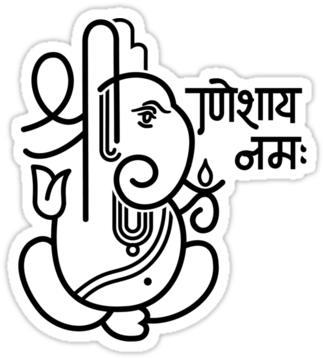“Darshan” is a term commonly used in Hinduism and some other Indian religions. It refers to the act of seeing or being in the presence of a deity, guru, or sacred object, and it is considered a spiritually significant experience.
In the context of visiting a temple or religious shrine, darshan often involves devotees having the opportunity to view an image or idol of a deity and receive blessings. It’s a way for believers to connect with the divine and seek spiritual guidance. Darshan can also be a form of worship and a means of showing devotion and reverence.
The experience of darshan is a fundamental part of many religious practices in Hinduism, and it can vary in its significance and ritual depending on the specific deity and temple. The concept of darshan is not limited to Hinduism, as similar ideas exist in other Indian religious and spiritual traditions.
type of God darshan?
In Hinduism, there are various forms of “darshan,” each associated with a specific deity or aspect of the divine. Here are a few examples:
- Shiva Darshan: Devotees seeking the darshan of Lord Shiva may visit temples dedicated to him, such as the Kedarnath or Varanasi (Kashi) temples. Shiva darshan often involves viewing the Shiva lingam, an abstract representation of Lord Shiva.
- Vishnu Darshan: Devotees of Lord Vishnu can have darshan at temples dedicated to Vishnu or his avatars, like Lord Rama or Lord Krishna. The darshan often involves viewing idols or images of these deities.
- Devi Darshan: Devotees of the Divine Mother, such as Goddess Durga, Goddess Lakshmi, or Goddess Saraswati, seek darshan at temples dedicated to these goddesses. Darshan of the Devi often includes viewing her various forms and manifestations.
- Ganesha Darshan: Followers of Lord Ganesha seek darshan at temples dedicated to him, where they can see idols or images of Lord Ganesha. Ganesha darshan is particularly significant, especially during Ganesha Chaturthi festivals.
- Hanuman Darshan: Devotees of Lord Hanuman visit Hanuman temples to have darshan of his idols or images. Hanuman is a popular deity known for his strength and devotion.
- Sai Baba Darshan: Followers of Sai Baba, a revered saint and spiritual teacher, often visit Shirdi, where they can have darshan of his shrine and seek his blessings.
- Jagannath Darshan: Devotees of Lord Jagannath, his brother Balabhadra, and sister Subhadra have darshan at the famous Jagannath Puri Temple in Odisha, India.
- Krishna Darshan: Devotees of Lord Krishna seek darshan at temples dedicated to Krishna. This can include viewing idols or images of Krishna and participating in his leelas (divine play) through various rituals and celebrations.
These are just a few examples, and there are countless deities and traditions in Hinduism, each with its unique form of darshan. The type of darshan one seeks often depends on their personal devotion and the specific deity they follow.



